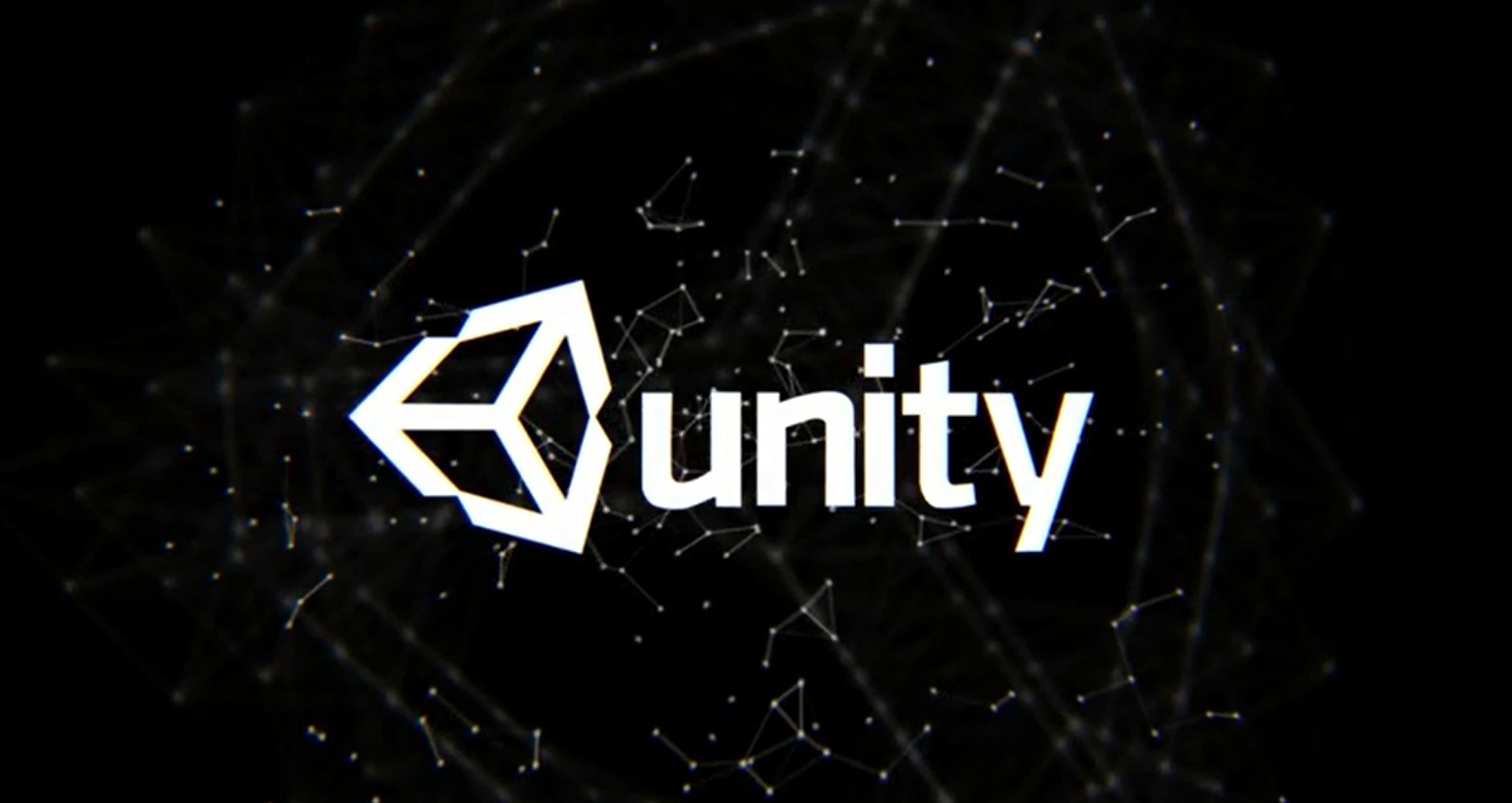
A new LTS branch is typically still very buggy though and more bugs will slip in via patches. Once the TECH version of a year has been stabilized and many bugs have been fixed it becomes the new LTS branch of the same year. Things break all the time in TECH, to get fixed again later. You'll find the newest features there, but also the most bugs, instability, and sudden changes that might break your projects and my tutorials. Other Unity versions are TECH branches, which are in active development and are labeled alpha or beta. First test it to see if there are any new show-stopping bugs and make sure that you have a backup of your project.
#UNITY TECHNOLOGIES UPGRADE#
Never automatically upgrade your project to a higher Unity version. The younger one will have more bugs-especially shortly after release-but they are likely to get fixed quicker. The older one is the most stable but can contain bugs that will never get fixed. The most recent two LTS branches are actively supported, for up to two years each. LTS stands for long-term support and such versions are the most stable branches of Unity available, but they are still subject to change. Click or touch the questions to see the answers. Have a question? Here are a few common ones. They might still have value, but you'll have to make adjustments yourself. Most of these tutorials are very old and are made with Unity 4 or 5 and haven't been updated for later versions. Why not Marching Cubes? Because the concepts are the same for both 2D and 3D, and dealing with two dimensions is already complex enough.
#UNITY TECHNOLOGIES SERIES#
Lots of strategy games use them.Īn old series about drawing and reconstructing shapes using a 2D grid. They build on the work done in the Rendering series.Ī series about hexagon maps. These are tutorials covering more complex or specialized rendering techniques, going beyond Unity's standard shaders. How a mesh turns into pixels that look like real objects. For Unity 2019 and later.Ī series about understanding Unity's default rendering pipeline. From a simple grid to deformable balls.Ī collection of tutorials about creating a custom scriptable render pipeline in Unity. These tutorials provide an introduction to working with Unity.Ī series about generating and using pseudorandom noise.Ī series about generating procedural meshes.Ī series about generating pseudorandom surfaces.Ī series about creating small game prototypes.Ī series about controlling the movement of a character.Ī series of tutorials that deal with creating, keeping track of, saving, and loading objects.Ī series about creating a simple grid-based tower defense game.Ī collection of tutorials that cover the creation of flow effects, like water surfaces.Īn introduction to procedural meshes. Most tutorial are also created with Unity versions older than 2019 LTS, so the screenshots show an older editor UI, but they still work fine.

You will recognize them, because they have an obviously older page layout. The Rendering section covers the fundamentals of shader programming, followed by the Advanced Rendering tutorials.

The Basics section lays the foundation for working with Unity and C# programming. You don't need to work through these sequentially, but some do build on each others. Your support makes these tutorials possible! If you like them and want to see more, please become my patron, via Patreon.

One of many things you can make with Unity. They're useful to both novice and experienced developers. They build on one another, introducing new programming concepts, math, algorithms, and Unity features. Unity uses its website ( ), filings with the SEC, press releases, social media posts, public conference calls, and public webcasts as means of disclosing material nonpublic information and for complying with its disclosure obligations under Regulation FD.These tutorials teach you about C# and shader programming for Unity.
#UNITY TECHNOLOGIES SOFTWARE#
Our comprehensive set of software and AI solutions supports content creators of all sizes through the entire development lifecycle as they build, run, and grow immersive, real-time 2D and 3D content and experiences for mobile phones, tablets, PCs, consoles, and augmented and virtual reality devices. Unity is the world’s leading platform for creating and growing interactive, real-time 3D ("RT3D") content and experiences. A replay of the webcast will also be available on Unity’s Investor Relations website. The webcast and shareholder letter can be accessed at. Unity (NYSE: U) announced today it will release second quarter 2023 financial results after the market close on Wednesday, August 2, 2023, with a webcast to follow at 2 p.m.


 0 kommentar(er)
0 kommentar(er)
